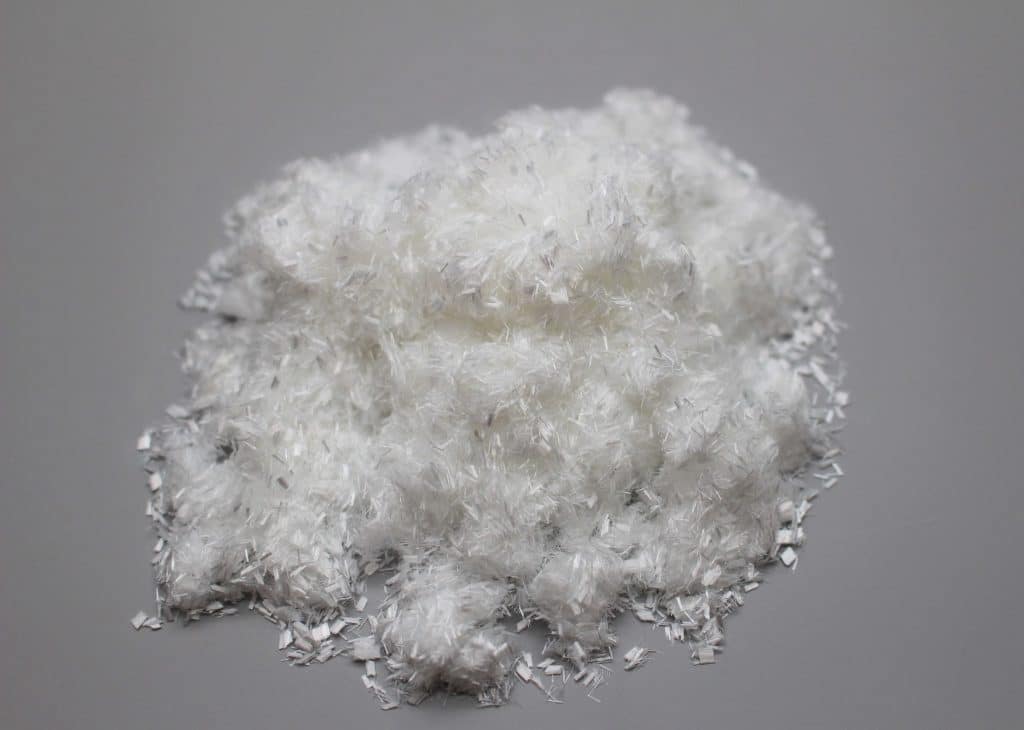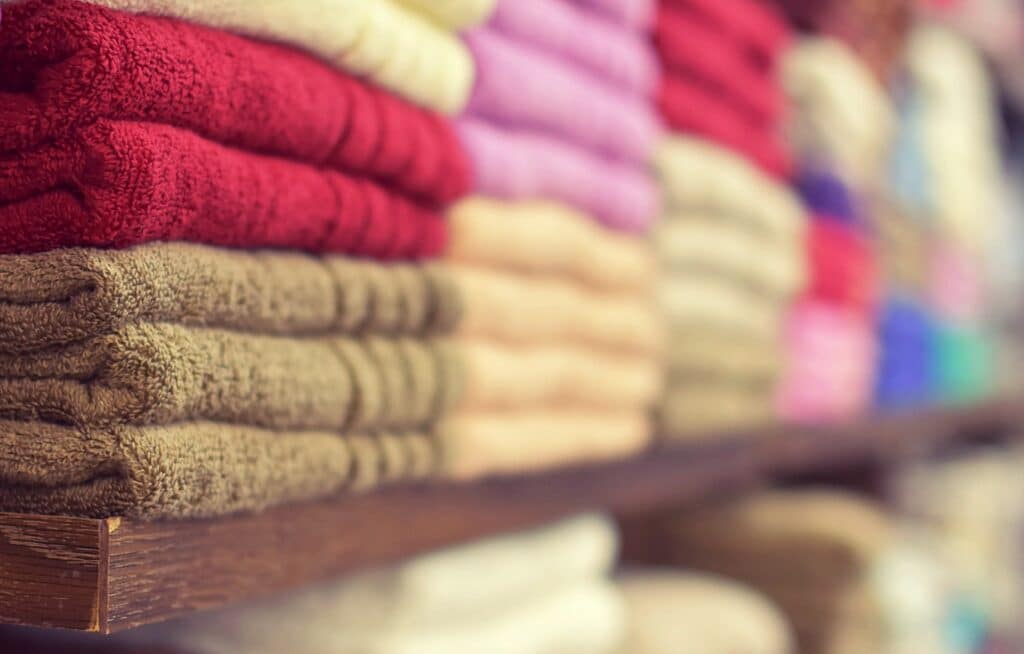Synthetic fibres have been around since the early 1920s’ and slowly evolved as scientific formulas replicated to create affordable alternatives to natural fibres. Some of the most popular synthetic fibres include polyester, nylon, viscose rayon, olefin, and spandex.
Unlike natural fibres that come from plants and animals (such as cotton and hemp), synthetic fibres are made of chemical compounds, usually favoured by manufacturers over natural fibres due to their low cost, higher tenacity, and durability.
What is Polyester?
Polyester is a synthetic fibre made from petroleum-based chemicals. Its name is shortened to represent a synthetic man-made polymer and is commonly known as a PET (polyethylene terephthalate).
Polyester has a long history, dating back to the early 1900s. However, it wasn’t until the 1950s that it became widely used in textiles. It’s created by combining long chains of synthetic polymers to form a fibre that is typically used to make clothing, upholstery, and carpeting.

In the 1970s’, polyester was marketed as a miracle fabric that was wearable for over 65 days straight without ironing whilst still looking presentable. Now, polyester is one of the most common fabrics in the world and has many great qualities.
What is Polyester Used For?
Because of polyester’s mechanical resistance, and ability to stretch and shrink; without loss of strength, the fibres are widely used for manufacturing for industrial purposes to create yarns, ropes, conveyor belt fabrics, seatbelts, plastic reinforcements, and more. Polyester is also a popular fibre for textiles, used to manufacture clothing, home furnishings, carpeting and as a mechanical reinforcement aid.
The Pros of Polyester
There are many positives to manufacturing with polyester fibres, including:
Strong and Durable
Polyester is popular for its incredibly high strength and durability, making it a popular choice for textile products that need to withstand daily, strong, and repeated movements, such as sportswear and uniforms.
Inexpensive & Affordable
Polyester consists of synthetic materials, so it’s usually less expensive than natural fibres, making polyester a good choice for businesses looking for budget-friendly manufacturing options.

Versatile
Polyester is used in a variety of applications and is often blended with other fibres to create a more versatile product. For example, polyester-cotton blends are popular for making garments that require high strength, but also some breathability.
Recyclable
Polyester is a type of plastic that can be melted down and reformed into new products, making it a more sustainable choice than alternative synthetic fibres like nylon.
The Cons of Polyester
While polyester fibres have many great qualities, there are also some potential drawbacks to keep in mind.
Prone to Static
Polyester is a synthetic fibre made from plastic, meaning it doesn’t absorb moisture as well as natural fibres, which can make it more prone to static and pilling.
Retains Heat
While polyester is an excellent choice for products requiring colder temperatures, it has a tendency to retain heat. Therefore, it’s not entirely suitable for manufacturing products that need to facilitate airflow.

Low Absorbency
Polyester fibres have low absorbency, so they’re not ideal for manufacturing products that need to soak up moisture, such as activewear, towels, or bedding.
Not 100% Eco-Friendly
Polyester fibres are typically made from polyethylene terephthalate, a type of plastic. Although polyester is recyclable, it’s still not a completely green and sustainable option.
When deciding if polyester is the right choice for you, it’s important to weigh up the varying factors and decide what is most beneficial to you and your product. Goonvean Fibres can help with that.
We offer tailor-made solutions to fit your needs, so get in touch today to find out more about our polyester fibres or order a sample.


